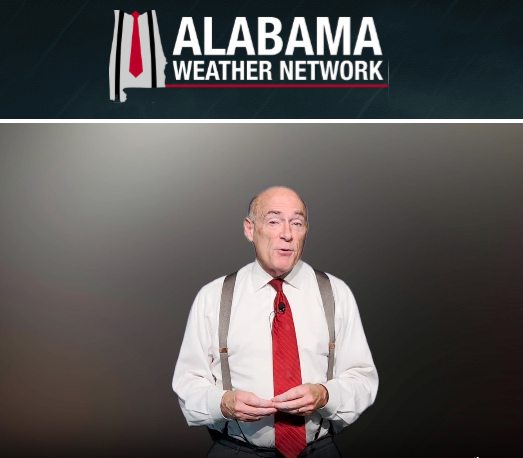Veteran Meteorologist James Spann Launches Alabama Weather Network to Combat Misinformation and Enhance Statewide Coverage
James Spann, a name synonymous with trusted weather reporting in Alabama, is embarking on a new venture to address the growing problem of weather misinformation and improve statewide coverage. The Alabama Weather Network, launching next Monday, will provide continuous weather information across various platforms including streaming services, social media, a dedicated website, and a mobile app. Spann, who will serve as the network’s chief meteorologist, emphasized the importance of equal coverage for all areas of the state, a departure from the traditional focus on larger cities often seen in conventional television reporting. The network commits to live coverage for any part of Alabama under a tornado warning, highlighting their commitment to reliable and timely information.
The impetus for this new network stems from Spann’s increasing frustration with the spread of false weather information online, often with dangerous consequences. He cited instances where individuals cancelled plans or even medical procedures based on inaccurate hurricane predictions circulated on social media. The rampant spread of these false alarms, amplified by algorithms and social media engagement, underscores the challenge of competing with sensationalized, yet inaccurate, content. Spann stresses the need for the public to identify and rely on credible sources, especially during severe weather events.
The problem of misinformation is not merely an annoyance; it has real-world consequences, as evidenced by the tragic flooding in Texas. Spann was falsely accused of being complicit in the disaster, a claim circulated by conspiracy theorists online. He points out the absurdity of these accusations, highlighting how some blamed budget cuts to the National Weather Service while others invoked “chemtrails” as the cause, completely ignoring the meteorological realities that led to the devastating floods. The proliferation of such baseless theories, often intertwined with political rhetoric, adds another layer of complexity to an already challenging situation.
Spann also expressed concern about the impact of these false narratives on public trust and the potential for them to discourage people from seeking out or believing accurate weather information. He recounts receiving death threats from individuals, some identifying themselves as Christians, who accused him of manipulating the weather. This behavior, he notes, is not only disturbing but also counterproductive, potentially alienating people from faith communities and eroding public trust in essential services like weather forecasting.
The veteran meteorologist also criticized the tendency within the weather industry to over-warn or sensationalize relatively minor weather events. He warned of the dangers of “crying wolf,” where an overabundance of warnings for non-threatening situations can lead to public apathy and a disregard for warnings when they truly matter. He called for a serious reevaluation within the industry to address the issue of false alarms and improve the clarity and accuracy of weather communication.
The Alabama Weather Network, therefore, represents not only a technological advancement in weather reporting but also a philosophical shift. It emphasizes accuracy, reliability, and a commitment to serving all communities in Alabama, regardless of size or location. Spann hopes this new platform will become a trusted source of information, counteracting the harmful effects of misinformation and ultimately saving lives. The network’s commitment to continuous coverage, particularly during severe weather events, and its focus on verifiable information aim to establish a new standard for public weather services in the state.


